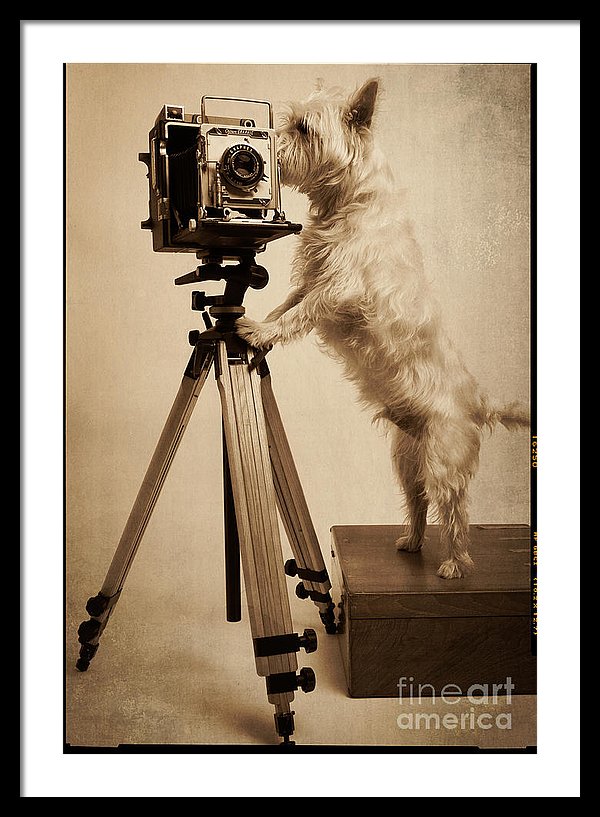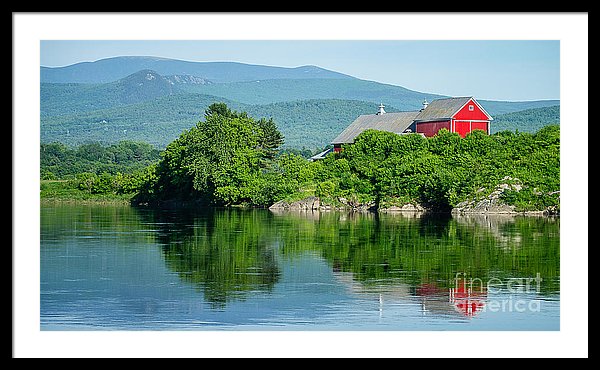Ted Forbe’s vlog about photography is refreshing because he mainly talks about the “art of photography” rather than the “art of buying camera equipment”.
Sure, he has the occasional vblog about gear, who doesn’t like to talk about equipment now and then, but his main focus is on the pursuit create art using the medium of photography. (Plus I think his gear talks get more hits as the majority of the photographers out there seem to be focused on getting the latest and greatest gear.)
This older discussion about having a certain attitude towards your work is good. It goes beyond the market segmentation labels created by the camera industry and gets to the heart of what makes work good.
Good photography can be created by anyone from amateur to professional or what ever label you might hang on your work.
I often call myself a “professional photographer” because I sell and license my photograph but this is a term that can have all kinds of meaning from wedding photographer to portrait photographer to magazine photographer or whatever. It’s kind of generic – but generally means you make living from your photography.
But “professional” is defined as:
A professional is someone who has a specialized job which only very well trained people can perform, such as Doctors, lawyers, and teachers.
These days just about anyone with a decent camera can create a “professional looking” photograph rather easily. So being “well trained” in the equipment might not make one a professional but rather the “attitude” as Ted discusses.
It’s an approach to your work. The desire to create outstanding work and to continue to improve one’s craft.
Camera manufacturer’s look at market in terms of what features, quality level and price range camera buyers want in various market segments.
For example in their board meetings, marketing pow wows and engineering labs they’ll talk about consumers, professionals, semi-pro, entry level and pro-sumers – basically amateurs with enough cash to buy pro level equipment. Also high-end, mid-range and low end.
Large camera companies want to hit all of these various market segments with cameras that bring the features needed at a certain price point while at the same time creating demand for the next level up.
But the bottom line is the use of the camera is based more on the user than the marketing term attached to the camera. A creative photographer can create better images with a cheaper camera than a clueless owner of a pro level camera. Money doesn’t buy creativity, passion or drive.
At the end of the day a dull image is a dull image. And a great image is great no matter what type of equipment was used.

